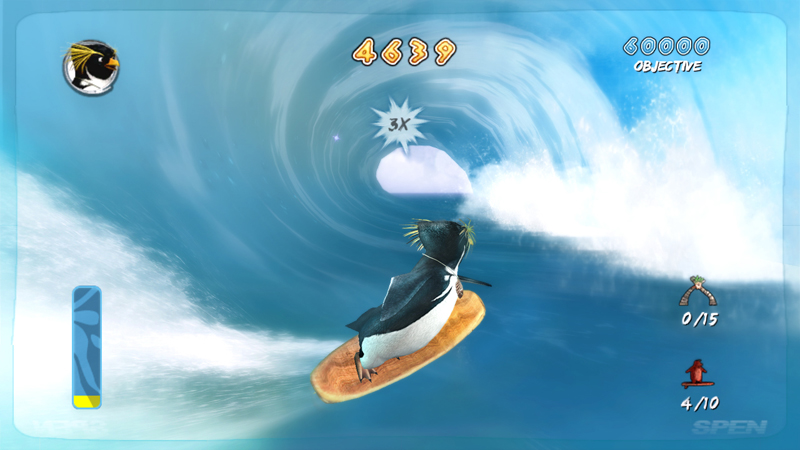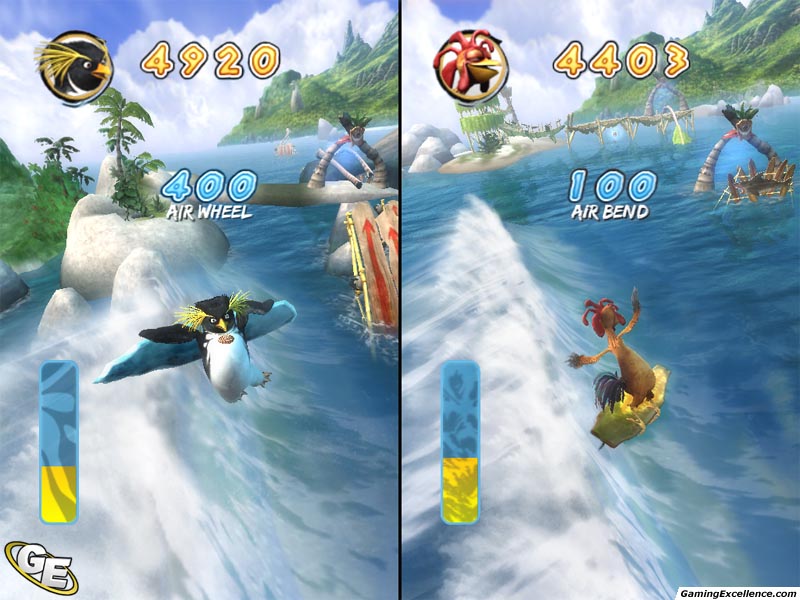
Two things determine the strength of a swell. Swells are formed by storm systems or other wind patterns. Swells are stable waves that form far away from the beach. Surfers seek out strong waves called swells. Oceanographers, ship captains, and engineers must all be familiar with hydrodynamics. Hydrodynamics is the study of water in motion.

Waves Surfing depends on the science of hydrodynamics. (For this reason, skateboarding is a common hobby among surfers-and surfing is a common hobby among skateboarders.) Men and women from all over the world practice surfing, and the surfing community shares a concern for the ocean environment. Surfers must also have an excellent sense of balance and be able to quickly react to changes in the environment. Experienced surfers are also familiar with bathymetry, the depth of the body of water. All surfers must be aware of weather patterns and topography, or surface features, of the shore. Each requires a different sets of skills. There are several different types of surfing ( longboard, shortboard or big-wave, for instance). Surfers must be aware of their physical skills as well as the environment.

Then the process of paddling out to the surf line begins again. Surfers can be tossed above a wave or below it. Of course, the force of the wave can end surfers’ rides by crashing on or over them. Surfers can also exit by simply lowering themselves back to their boards and paddling back out. As the wave falls and loses power, surfers can exit the wave by turning their boards back toward open water. Surfers ride the wave as it breaks toward the shore. Being able to stand up is the mark of an experienced surfer. Just as the wave breaks, the surfers jump from their bellies to their feet, crouching on their boards. When surfers see a wave they can ride, they paddle quickly to catch the rising wave. For river waves or those at artificial surfing facilities, surfers watch waves develop and jump right into the breaking wave. Surfers must be able to ride and safely exit the wave-not too close to shore or rocks. A wave must be strong enough to ride, but not dangerous enough to toss the surfer as it breaks. Experienced surfers assess several different qualities in every wave. There, surfers sit on their boards and watch waves roll in to shore. Surfers paddle or are towed in to the surf line, the area of open water where waves break as they near a coast. This is called bodysurfing.) The concept is simple, but the practice is not. (Sometimes, you don’t even need the board. A breaking wave, a board and a brave athlete are all that is needed for the sport. Sur fing is possible in all these places because the concept is simple. They even ride the “silver dragon,” the giant tidal bore of China’s Qiantang River. They share the water with great white sharks in South Africa. They trek through jungles to pristine beaches in Southeast Asia. Surfers dust a foot of snow off their surfboards to chase waves off the coast of Antarctica. Surfers, however, do not limit themselves to warm weather or ocean waves.


states of Hawaii and California, and countries such as Australia. Surfing is usually associated with warm ocean beaches like those found in the U.S. Wherever waves break, surfers will ride them.


 0 kommentar(er)
0 kommentar(er)
